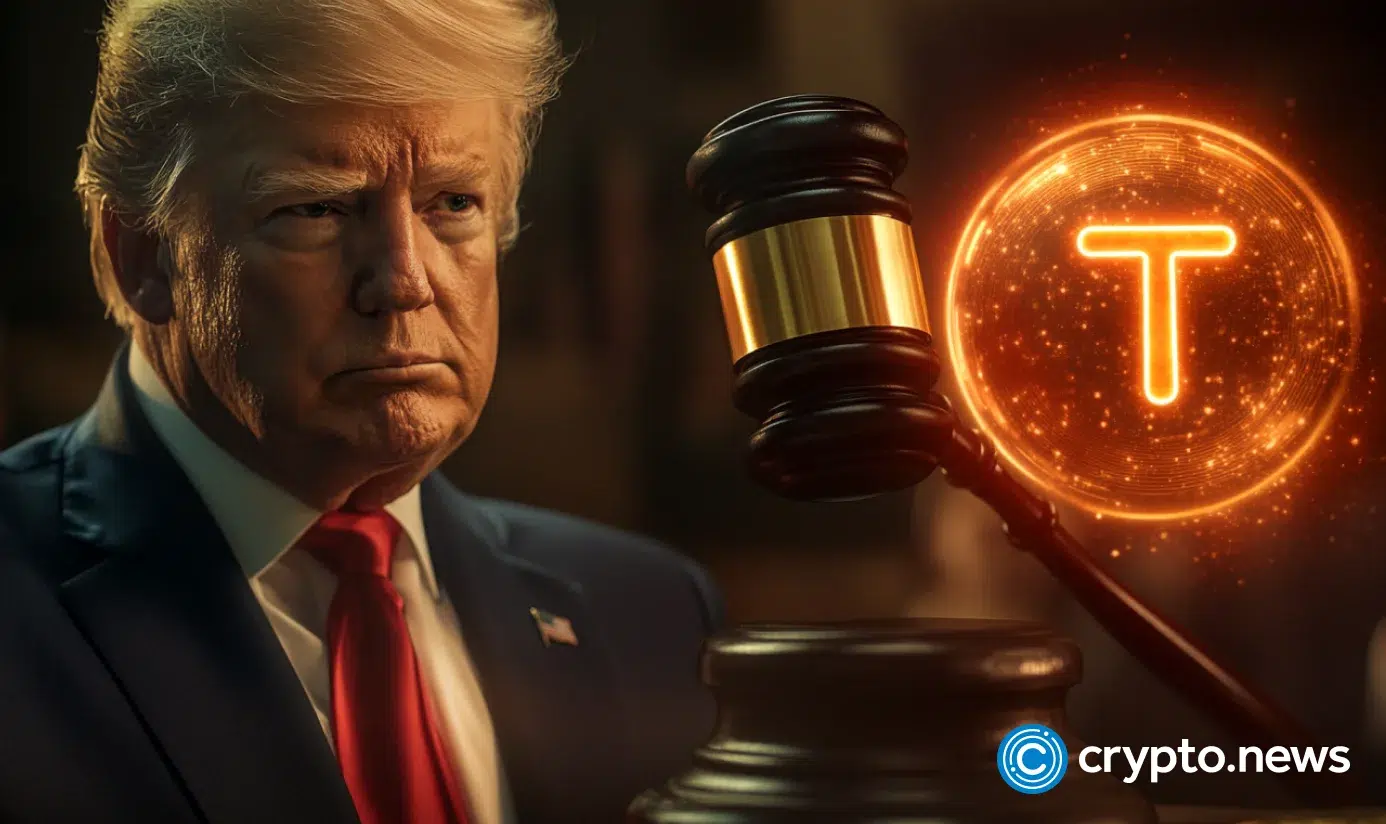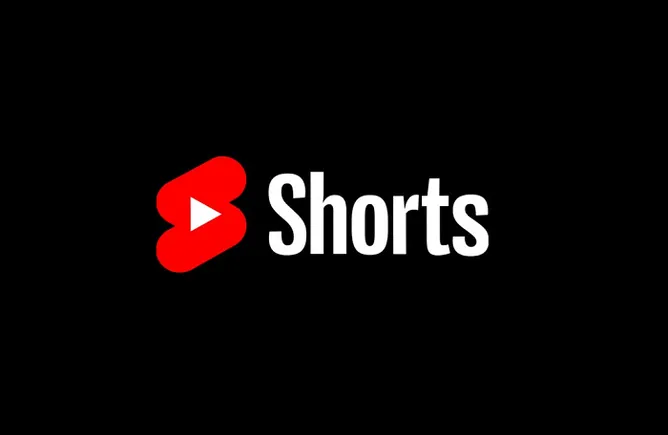European Union in limbo as Washington keeps it waiting on a trade agreement
The transatlantic trading partners could however reach a framework deal as soon as this week.

US President Donald Trump during a cabinet meeting at the White House in Washington, DC, US, on Tuesday, July 8, 2025.
Aaron Schwartz/CNP/Bloomberg via Getty Images
The European Union (EU) is stuck in limbo as uncertainty persists around when a trade agreement with the U.S. might be reached.
The goal had been to agree on a framework by July 9, when a temporary reprieve from U.S. President Donald Trump's "reciprocal" tariffs was initially meant to expire. The EU was seemingly still working to this timeline earlier in the week.
But that deadline has now passed — without the trading partners coming to an agreement.
A framework may however still be established as soon as this week, Trump himself suggested Tuesday.
"We're probably two days off from sending them a letter. We are talking to them," he said, suggesting that a letter being sent would mean a deal, or decision on tariffs, has been reached. Trump said on social media on Monday that letters had been sent to 14 countries outlining new tariff rates, with the EU so far not receiving such a communication.
But Trump also indicated that communications between the EU and U.S. had improved.
"They treated us very badly until recently, now they're treating us very nicely. It's like a different world," he told a Cabinet meeting at the White House on Wednesday. "They were among the toughest to deal with."
This marked a shift in tone from Trump, who has often taken issue with the trade relationship between Washington and Brussels, suggesting that is unfair and unbalanced.
According to the European Council, trade between the EU and U.S. was valued at around 1.68 trillion euros ($1.97 trillion) when accounting for both goods and services in 2024. The EU recorded a surplus when it comes to goods trading, but logged a deficit in the services trade, leaving its overall trade surplus at around 50 billion euros last year.
U.S. Commerce Secretary Howard Lutnick meanwhile also suggested a deal was on the table.
"The European Union, to their credit, has now made significant, real offers, meaning we're going to take down our barriers, we're going to open our markets to American farmers, ranchers, fishermen, really open their markets, and let Americans, finally American entrepreneurial spirit finally get to sell to Europe," he said, speaking to CNBC's “Power Lunch" on Tuesday.
"The president's got those deals on his desk and he's thinking about how he wants to play them," he added.
The EU is broadly expected to agree to a 10% baseline tariff, with the hope that it can negotiate some exemptions or strike other deals on specific sectors. This would be sharply below the 50% tariff Trump has previously called for.
European Commission President Ursula von der Leyen appeared cautious in her response to Trump's comments, stating Wednesday: "We stick to our principles, we defend our interests, we continue to work in good faith, and we get ready for all scenarios," she told the European Parliament.
Speaking to CNBC's "Squawk Box Europe" on Wednesday, Peter Chase, senior fellow at the German Marshall Fund, said the question was not whether a 10% duty was acceptable for Europe, but for the U.S., ultimately.
"You know, it's the importer who pays the tariff, not the exporter," he said. "If the Europeans have a tariff of 10% and Korea has a tariff of 25% then ... an American business is paying more for the same product from Korea than it would be paying for one from Europe," Chase explained.
European businesses would therefore "deal with it, but it's the American customer that's the one that will be paying for it," he said.

 Tekef
Tekef 
































